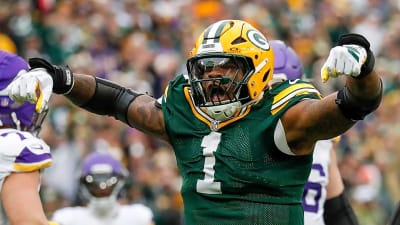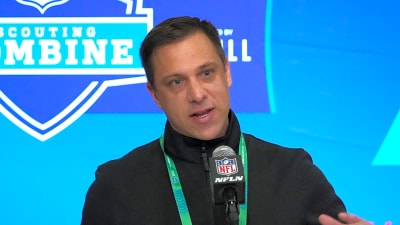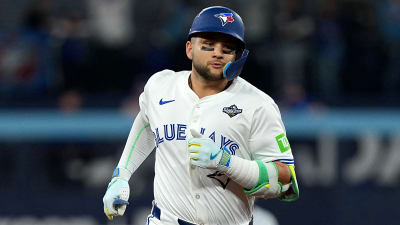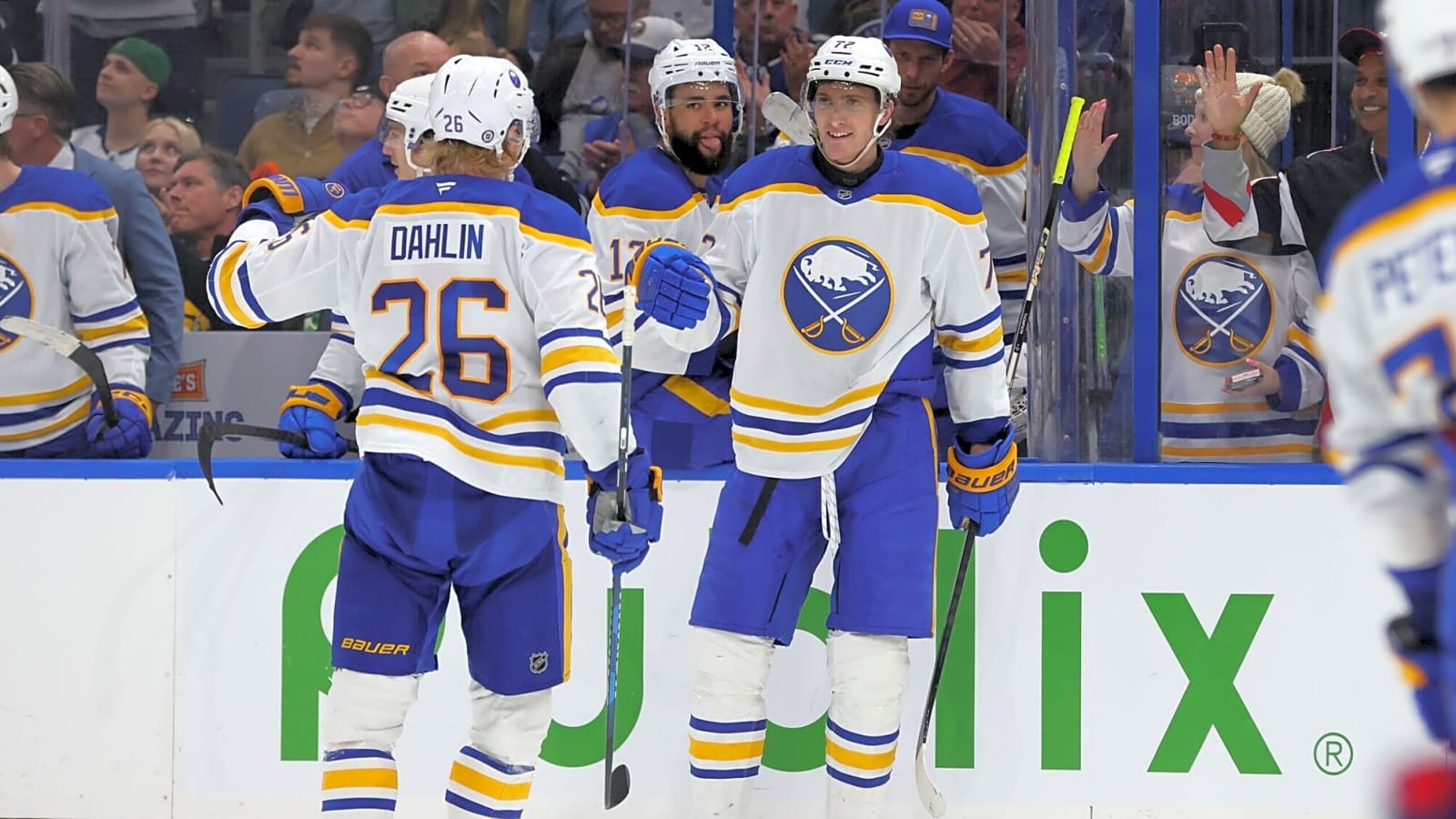
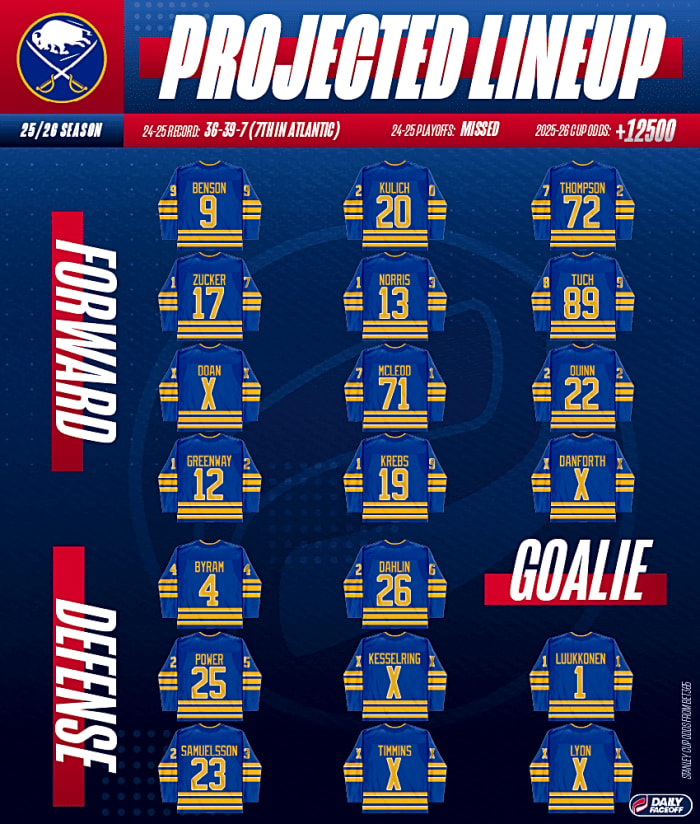
Jersey with an X = player has not yet selected 2025-26 number, per Buffalo Sabres
LAST SEASON
It’s hard for a team sporting the longest playoff drought in NHL history (and tied for the longest active drought in North American pro sports) to have high expectations going into a season, but there were some expectations for the Buffalo Sabres in 2024-25. After all, they had finished above .500 in 2022-23 and 2023-24 and were one win away from making the playoffs in 2023. At the very least, they were expected to be somewhat competitive in 2024-25, even if they didn’t quite replace the offense they let go in the summer.
But that’s not what happened. While the Sabres hovered in playoff territory through the first 20 games with an 11-9-1 record, what proceeded was what Brian Burke would call an 18-wheeler going off a cliff. Buffalo lost 13 straight games, and even though they went 25-20-3 after that, they never recovered from that losing streak and finished 12 points outside of a playoff spot, extending that drought to 14 seasons.
It wasn’t all bad for Buffalo, as the season saw Tage Thompson return to form, Rasmus Dahlin continue to establish himself as one of the league’s best defensemen and Ryan McLeod prove to be a savvy addition to the team. But, Ukko Pekka-Luukonen took a massive step back in net, and the Sabres got rid of some offensive upside by dealing Dylan Cozens to the Ottawa Senators at the trade deadline and JJ Peterka to the Utah Mammoth during the offseason to save some money, with Bowen Byram still potentially on the move.
After a summer that saw the Sabres sacrifice some of their offense to improve their defense, will internal improvement be enough for them to finally snap their playoff drought, or are they set to extend that to 15 years?
KEY ADDITIONS & DEPARTURES
Additions
Michael Kesselring, D
Alex Lyon, G
Justin Danforth, RW
Connor Timmins, D
Zac Jones, D
Josh Doan, RW
Departures
JJ Peterka, LW (Uta)
Connor Clifton, D (Pit)
Sam Lafferty, C (Chi)
James Reimer, G (UFA)
Jacob Bernard-Docker, D (Det)
OFFENSE
While overall scoring wasn’t the problem for the Sabres last season, as they were 10th in goals for per game (3.23), beyond that, their numbers weren’t all that flattering to their offense. They were 24th on the power play (18.8%), and 23rd in 5v5 expected goals per 60 minutes (2.41) & PP xGF/60 (7.91), which all lines up with where they were in the standings (26th). Buffalo also dealt Peterka, who was second on the team with 27 goals and 68 points (albeit with some unsustainability), and they didn’t exactly replace that offense, so it’s likely that their offense gets worse this season.
With Peterka gone, that likely means that the Sabres will have to hope for internal improvement from some of their younger players. They still have a few other high-end offensive options, including the massive goal-scoring unicorn that is Thompson and the equally fast and heavy Alex Tuch up front, and the ever-evolving Dahlin on the back end, but who steps up around them will be the key to replacing Peterka’s production.
The best bets will be Zach Benson and Jiri Kulich, who got ice time alongside Thompson at many points last season. Benson has already established himself as an excellent two-way player just two seasons into his career, and has produced around 30 points a season in a smaller role, so more ice time could be the key to turning him into one of the top players for Buffalo. Kulich is not quite as much of a hidden gem, but he has at least proven to be a formidable middle-six center with good chemistry alongside Thompson.
Josh Norris, who was part of the return for Cozens, is a solid goal-scoring center option for the top six when healthy, but his otherwise shallow game will mean that he’ll either need to be sheltered or supported to excel. The ideal scenario for Buffalo would be for McLeod to see his game step up even more, as he may already be one of their best center options if they are keeping Thompson on the wing. At the very least, McLeod’s their best two-way option and has proven to be worth the cost of Matt Savoie.
The rest of the Sabres forward depth has a few more question marks. Jason Zucker is still a solid middle-six scoring option and got 53 points last season, but at 33, how much longer can he keep that up, especially when he’s only hit the 50-point mark twice in his career? Jack Quinn still has potential as a 2020 eighth-overall pick, but he’ll need to start getting more than 40 points to live up to it. It also feels like Owen Power and Bowen Byram still have more offense in their game. That said, Kesselring, Doan and Danforth were interesting acquisitions with strong underlying numbers, even if that hasn’t showed up in their point totals yet.
DEFENSE
Defense was a much bigger problem for the Sabres in 2024-25. They were tied for 30th in goals against per game (3.5), 23rd in penalty kill% (76.4), tied for 25th in 5v5 expected goals against per 60 (2.71), although they were tied for 11th in shorthanded expected goals against per 60 (8.22). While goaltending played a role in their poor performance in their own end, they still struggled to defend. But even though their additions weren’t exactly gamebreakers offensively, it should improve their defense.
The aforementioned Kesselring (-0.055 5v5 regularized adjusted plus-minus xGA/60 in the past three seasons), Doan (-0.115) and Danforth (-0.056) all have very strong defensive metrics over the past few seasons. For Doan and Danforth, it means that the Sabres won’t get hemmed in their own zone constantly when the big guns aren’t on the ice. For Kesselring, that gives the Sabres the another option for their top four on their blueline, and at long last, an option that is a right shot.
Between Kesselring, Dahlin (-0.107 5v5 RAPM xGA/60) and to a lesser extent Power (0.024), the Sabres have three excellent options to roll out for their top two pairs, and that gives them the flexibility to not have to worry about where Byram and Mattias Samuelsson play. One will be playing in the top four alongside a high-end defenseman, and the other will be sheltered on the bottom pair. Conor Timmins was also an excellent pickup from the Pittsburgh Penguins, especially in return for dumping Connor Clifton’s contract, and he’ll be great on the bottom pair, and may even be worth trying in the top four. This group still needs some work, but this may be Buffalo’s best blueline in a long time.
Their D-corps will be important to their defensive success, because two-way talent is a lot more scarce in their forward group. In terms of the truly great options for shutdown forwards, it’s basically McLeod (-0.081 5v5 RAPM xGA/60) and Benson (-0.166) to choose from, as most of their other high-end forwards struggle in their own end. Doan, Peyton Krebs (-0.041) and Jordan Greenway (-0.087) are also great defensively, but that’s come in limited roles, so they still can’t be trusted to the level McLeod or Benson can.
GOALTENDING
Luukkonen took the starting reins two seasons ago, breaking out with a .910 save percentage and 11.46 5v5 goals saved above expected. After the Sabres locked him up to a five-year deal, he looked set to be their goalie going forward. But just as quickly, he fell off, as last season saw him post a miserable .887 SV% and -4.83 5v5 GSAx. It played a big role in Buffalo’s struggles, and they will need him to bounce back to even sniff the playoffs. Even if he ends up somewhere in the middle like his career numbers (.898 SV%, -9.37 5v5 GSAx), it might not be good enough, so the Sabres will have to hope that 2023-24 was the real Luukkonen.
If Luukonen falters, Buffalo signed Alex Lyon as a veteran backup option after two good, but not great years behind a sloppy Detroit Red Wings defense (.902 SV%, -2.7 5v5 GSAx). He’s had better stretches (he was a big reason the Florida Panthers made the playoffs in 2023), but at the very least, he won’t cost the Sabres too often. And of course, there’s the highly touted Devon Levi as well. He’s performed decently in his NHL minutes (.896, +8.24), but it still feels like there’s more to unlock with him before he becomes a full-time NHLer.
COACHING
Lindy Ruff will begin the second season of his second tenure behind the bench in Buffalo, and while last season was met with nostalgia of the good old days, a step back last season means that his seat may already be getting dangerously warm. It was a questionable hire at the time considering that his previous stints as the Dallas Stars and New Jersey Devils head coach and New York Rangers assistant coach were mostly mediocre and you have to wonder how much the game has passed him by at 65.
Now, the Sabres have gone through seven different coaching changes during this playoff drought and nothing’s changed, so to say last season was all on Ruff would be an overreaction. But, he didn’t exactly move the needle either, so you have to wonder if he’s going to be the coach that gets enough out of this roster to finally end their drought. That said, you’d have to imagine that general manager Kevyn Adams goes if Ruff goes, and that seat may be even hotter with the experienced Jarmo Kekalainen in the fold as a senior advisor this season.
ROOKIES
After 14 years outside of the playoffs, you would assume that the Sabres should have built a strong prospect pool and have reinforcements on the way this season. But while Buffalo’s capital is great, what it lacks is options with a strong chance of making the 2025-26 team. Some of that is because the Sabres have put enough bodies in the way of them getting a fairer shot, but you can look at just about every prospect and find a couple holes in their game that need a bit more seasoning in the minors, juniors or college.
Noah Ostlund and Isak Rosen both had stints with the Sabres last season, but outside of some promise in Ostlund’s defensive game, neither’s tenure was one to write home about. They’ll both likely start the season in the AHL, but don’t be surprised if they’re high on the list of call-up options this season. Anton Wahlberg is another interesting potential option, as his energy and power better suit him for a bottom-six role, but he only just started in the AHL and probably needs some more development.
BURNING QUESTIONS
1. Will this be the season that the Sabres end the playoff drought? This is the question in Buffalo. Their drought is now old enough to attend high school, and it’s almost impressive that it’s gone this long. You would think that at some point they’d have a season where they’d get lucky enough to sneak in, even if they played poorly (see the 2012-13 Toronto Maple Leafs or 2014-15 Calgary Flames), but bad luck has been just as much of an obstacle as the Sabres’ bad decisions. Yet you also get the sense that once they get in, the pressure will drop off their shoulders and the toxicity will start to disappear. Until then, it will always be the talking point with Buffalo.
2. If they don’t make the playoffs, what next? The other problem with a lengthy playoff drought is that it feels like the Sabres have tried just about everything to improve, but nothing seems to work. They can’t attract top-end talent because ownership doesn’t seem to want to pay the big bucks to bring that in, and there are significantly better options for players to go to than Buffalo. The Sabres went the traditional rebuild route, but then couldn’t make the right decisions at the right time to finish the job. They’ve retooled over that rebuild, and while they got close, they’re back to square one. They’ve also gone through seven coaches and four general managers. Do they retread over one of those previous options, or is there another route that they’re willing to pursue to finally get over the hump?
3. What happens to Bowen Byram? Byram has been a top trade target since last season’s deadline, and it seemed all but guaranteed that he’d move this summer with the additional option of an offer sheet for teams to attempt to get him. But he signed a two-year contract with the Sabres a couple weeks into free agency, and it’s been quiet on that front ever since. Is Buffalo and Byram’s plan to play out that contract, or was that signed just to give a bit more cost certainty to inquiring teams? Regardless, Byram will be an unrestricted free agent in 2027, so it seems like his time in Buffalo is finite.
PREDICTION
Hockey fans in Buffalo deserve a competitive team. It’s been 14 long years since they last made the playoffs, and you have to think that they’ll get a break one of these years and make it. But it doesn’t feel like this is that year.
While the Sabres’ blueline has been improved, that came at the expense of their offense, and there are still some questions about what kind of goaltender they have in Luukkonen. Maybe they get some good luck, but it’s hard to see them straying too far from the 79 points that they finished with last season.
More must-reads:
- No. 19 Texas Tech hands No. 3 Duke first loss of season in historic comeback
- Red-hot Pelicans extend win streak behind Zion Williamson's big night
- The '2004-05 NFL passing leaders' quiz
Customize Your Newsletter
 +
+
Get the latest news and rumors, customized to your favorite sports and teams. Emailed daily. Always free!




